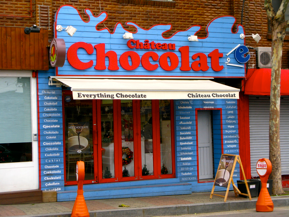Pop science
June 27, 2011
I often find it hard to sink my mind into fiction. Some science books that have helped me calm down at the end of the day:
• "The Strangest Man: The Hidden Life of Paul Dirac, Mystic of the Atom" Graham Farmelo. The story of a reclusive boy from Bristol who went on to be England's greatest quantum physicist. Full of detail, charm and sadness.
• “The Disappearing Spoon” Sam Kean. Curious facts and stories surrounding the periodic table; told with warmth and charm.
• “e: The Story of a Number” Eli Maor. The book proves that e is just as interesting as pi (I had even forgotten they were related).
• “The Same but not the Same” Roald Hoffmann. The role of symmetry (and general philosophising) in Chemistry.
• “Bad Science” Ben Goldcare. People can believe anything; con-artists can have PhDs.
• “Big Bang” Simon Singh. Clear, comprehensive, and a joy to read.
• “Cathedrals of Science” Patrick Coffey. The stories behind the pillars of physical chemistry.
• “Surely You’re Joking, Mr. Feynman!” Richard Feynman and Ralph Leighton. As essential for growing up as Catcher in the Rye. Avoid the Matthew Broderick movie, but the recent graphic novel complements the book nicely.
• “Chemical Bonding: A Dialogue” Jeremy Burdett. It is beyond pop science, but a stimulating read, in a unique Q&A format, concerning fundamental concepts and applications in quantum chemistry.
